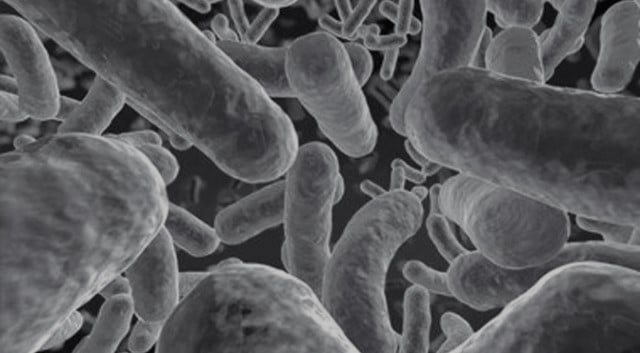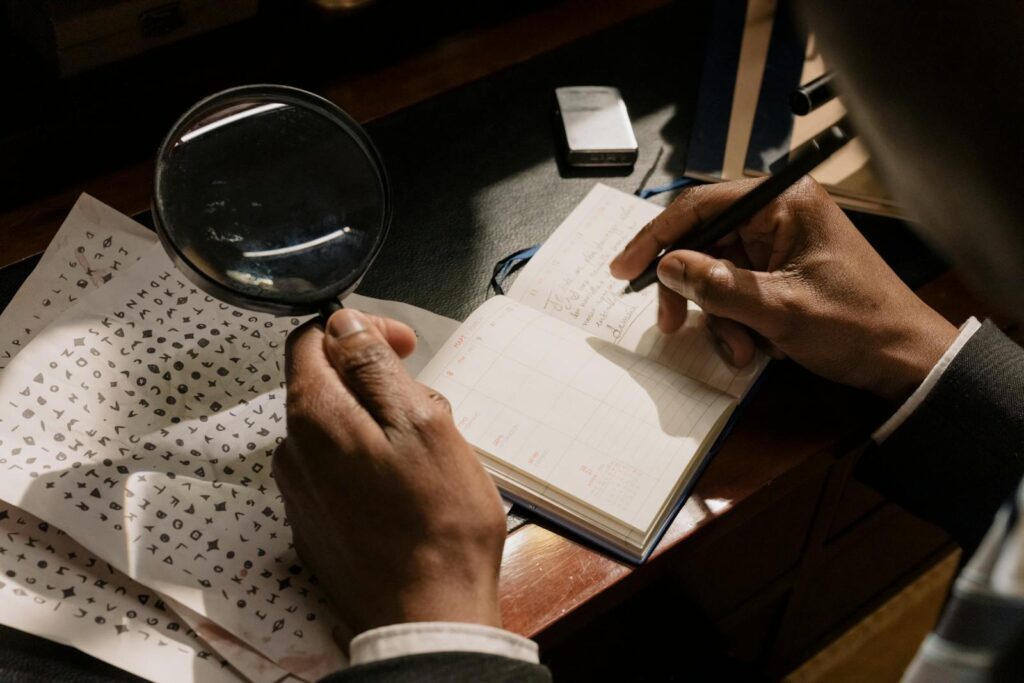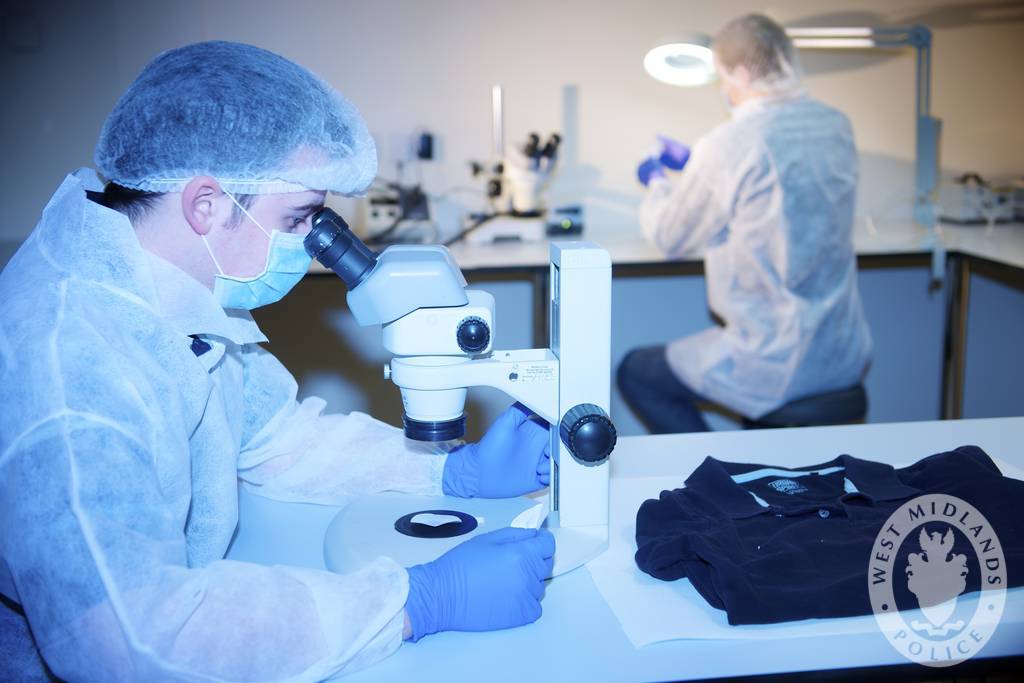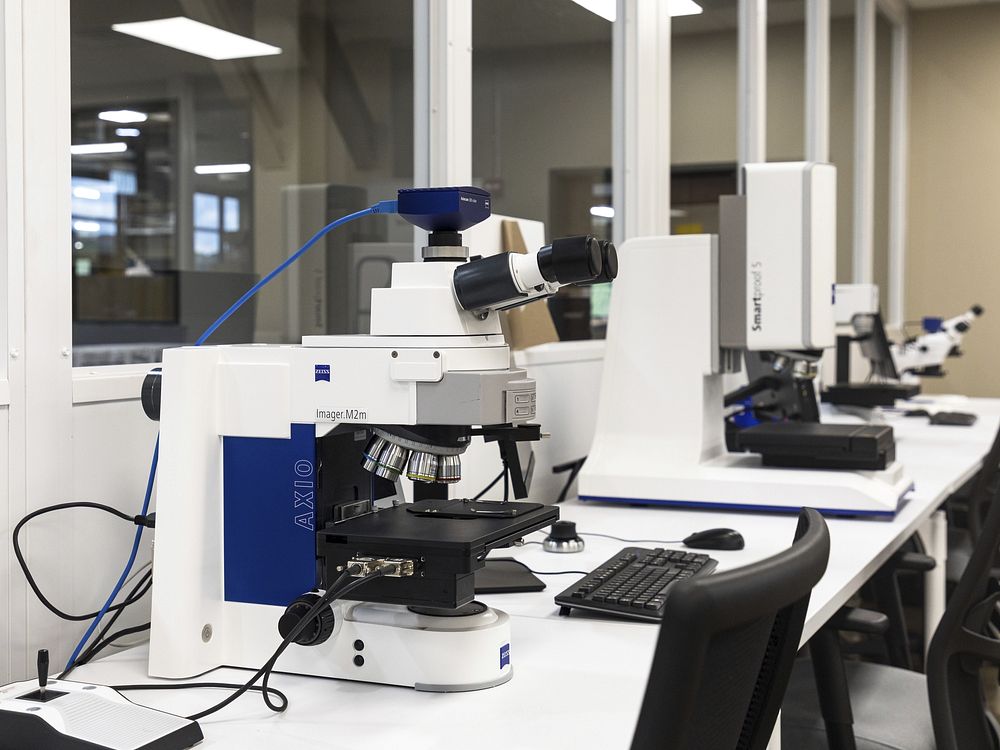Now Reading: Microbiome Forensics
-
01
Microbiome Forensics

Microbiome Forensics
Microbiome forensics is the use of microbial communities to analyse questions of forensic science: Who has touched this item? Where has the body been? How long has the person been dead? While human DNA, fingerprints and other classical evidence will remain core disciplines, microbes on or in our bodies provide another trail of evidence that may last longer than available human inhabitants. Microbes reside on surfaces of our skin, within our gastrointestinal tracts, in soils we disturb, and on items we touch. Because each microbial community an individual has is dictated through personal dynamics of genetic inheritance, lifestyle, environment and interactions, they have forensic utility. A systematic review by Deonas et al. (2020) found that microbial changes surrounding death, or from contact with objects, are useful for estimating post-mortem interval (PMI), linking individuals to surfaces, or making inferences about the geo-location of evidence.
Practically speaking, although the goal of microbiome forensics is to supplement traditional forensic evidence, it also increases the amount of trace material that can be utilised in forensic investigations. Rather than only asking which human left this sample, it could ask which microbial community would be consistent with this human or situation. This change opens up new avenues of investigation, for instance, skin microbiota left on a cell phone screen or soil microbiomes beneath a buried body, and it is particularly promising in the case of degraded or ambiguous crime scenes.
Microbial Communities and Forensic Relevance:
Human bodies carry vast numbers and a wide variety of microorganisms. The skin microbiota, for instance, creates an individual’s own ecosystem and has been demonstrated to vary between individuals over time (with some stability). This serves as the basis for potential linkages between persons and objects or surfaces. From a review in Diagnostics, “the microbiome of skin, fluids or environmental deposits can be analysed to separate individuals or to determine the possible origin of the specimen.” Furthermore, post-mortem, the necrobiome (microbial communities associated with decaying remains) follows a predictable succession: bacteria increase in abundance, soil becomes modified, and insect-microbe interactions change, allowing for the utilization of microbial signatures for PMI estimation or identifying burial/exposure conditions. For example, Metcalf et al. (2017) discussed how high-throughput sequencing and metabolomics will provide statistical models of PMI estimation and grave detection.
Applications in Forensic Investigations:
Identification through an individual’s trace evidence
When a person utilizes an object such as a keyboard, phone, or weapon, the microorganisms on the skin are transferred to that object. Research suggests that microbial transfer may be unique enough to link a person to an object, especially in circumstances where human DNA is not present or is insufficient. Nevertheless, a challenge persists due to the dynamic nature of microbial communities and the environment’s impact.
Estimating Post-Mortem Interval (PMI)
Microbial succession in body decomposition tends to follow predictable pathways. Changes in microbial taxa happen in association with the stages of decomposition, or with changes in stages like bloating, active decay, and skeletonisation, for example. As microbes metabolize decaying tissues, there is also a change in soil chemistry under remains (the cadaveric decomposition island). The three factors of changes in microbial taxa, changes in soil chemistry and changes in metabolomics mutually provide a “microbial clock” for PMI estimation.
Geolocation and environment association
Microbial communities found in soil and on surfaces are often indicative of local ecology, climate and human activity. Microbiome analysis may therefore be used to help infer where an object has been left, or where a body has been placed. Soil microbiome patterns found beneath graves or microbial signatures found on footwear or clothing could associate evidence with a specific location, particularly in outdoor crime scenarios.
Conclusion:
Microbiome forensics provides an exciting new toolkit for transforming the invisible traces we leave behind into legal evidence. Analysis of the microbial fingerprints we leave behind, the soils we touch, or the bodies we decay, may give forensic scientists unexplored trajectories of investigation when traditional sources of evidence are unsatisfactory. Yet, for forensic microbiome forensics, it is still in its infancy. While the possibilities are there, large-scale application requires standardization, verification, and the need for discretion in interpretation. For those at the beginning of their forensic careers, it also provides an opportunity to explore real forensic microbiome forensics that connects microbiology and crime, and where the answers may be found in the tiniest of living things.










